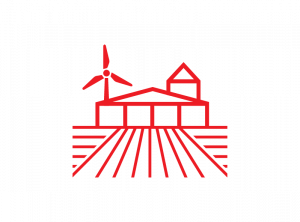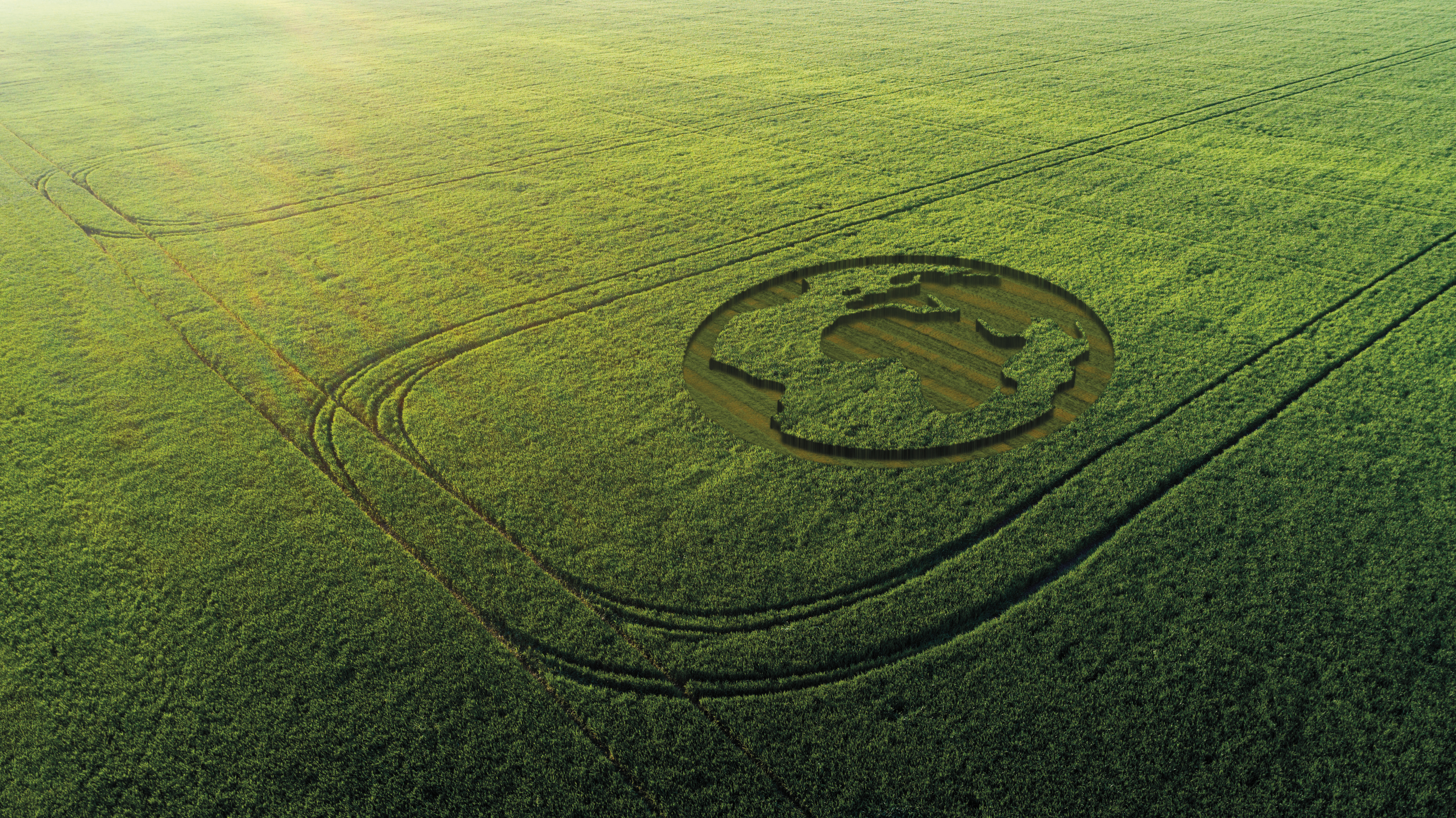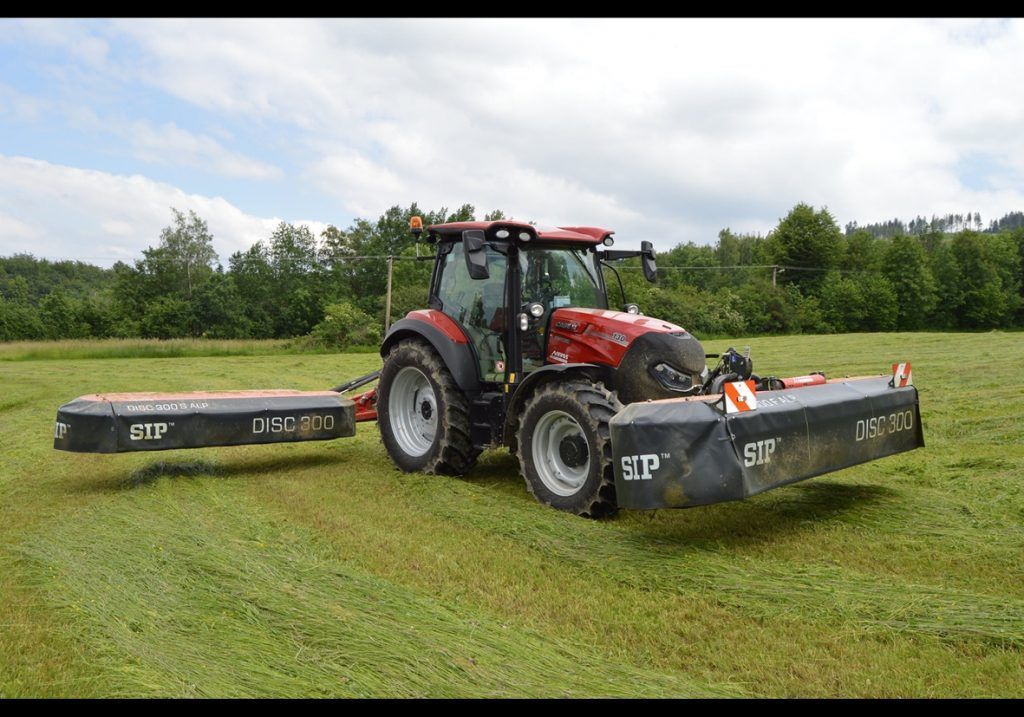HARROWING AND ROLLING
The timely spring agrotechnical preparation of grassland is important for harvesting quality forage and the successful production of milk and meat.
Numerous factors affect the quality of forage and the turf throughout the cultivation. Due to the shallow root system grasses are sensitive to the lack of rainfall in winter or spring drought. The consequences of intensive use with heavy mechanization, trampling, and tire tracks from harvesting in rainy periods, harsh or mild winter conditions, and the activity of wild animals and rodents are manifested in the form of poor grass growth and empty or yellowish places on the meadow or field.
Important spring turf preparation includes harrowing and rolling. Harrowing helps to drain the surface, remove mud patches or puddles, and distribute any residues of organic fertilizers. With harrowing, we aerate the top layer of the turf, remove its dead parts and moss, and level the moles, anthills, and clumps to achieve faster grass growth, reduce weed growth, and prepare the turf for easier mowing.
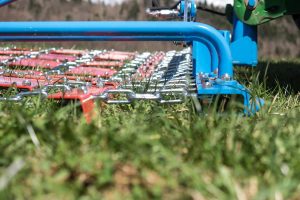
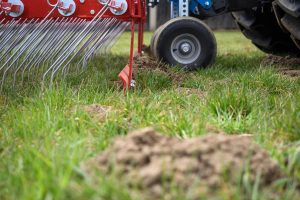
With harrowing the turf is aerated and dead parts are removed thus allowing faster growth. However, harrowing can slightly damage young plants that are not yet well-rooted or are raised from the ground due to the winter frost. So, rolling after harrowing is highly recommended. Harrowing alfalfa is not recommended as it can damage the aboveground crown of the root system.
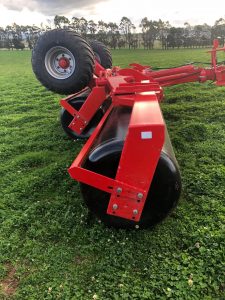
By rolling, the plants are pressed to the ground and they make better contact with the ground. Thus, the pumping of water takes place from the soil through a capillary flow, which accelerates and equalizes the growth of turf. In the areas, where the soil is very dry or the turf is lifted due to winter frost, it is recommended to just rolling, because harrowing would damage the poorly rooted plants. Rolling is also necessary on surfaces with a lot of stones. If stones are pressed into the ground the possibility of damage to mowers and harvesting machines and the introduction of stones into the forage is highly reduced. Rolling also flattens moles, anthills, and lumps, which often cause mowing problems.
Rolling is also recommended for better germination when overseeding the turf. Before spring seeding, good soil compaction can be achieved by rolling the ground. Rolling is also recommended after seeding to increase the contact between seed and soil and to improve germination. At the same time, the seeds are protected from leaching or soil erosion due to the wind.
Harrowing and rolling should be done in dry weather, when the soil is not excessively wet, but not in the drought season. It is also recommended to roll in the warmer part of the day when the plants are not full of water and are therefore less exposed to damage.
In the spring, forage producers must prepare the turf properly for the mowing season. In addition to harrowing and rolling, the quality of the turf and forage is also significantly affected by proper fertilization, overseeding, mowing in the right growth phase and weather conditions, and proper use of harvesting machinery.
Keywords: sip, agriculture, agricultural machinery, agricultural machines, agricultural equipment, grassland harvesting, making hay, meadow, mowing, disc mowers, tedder, rake, pick-up rake…


